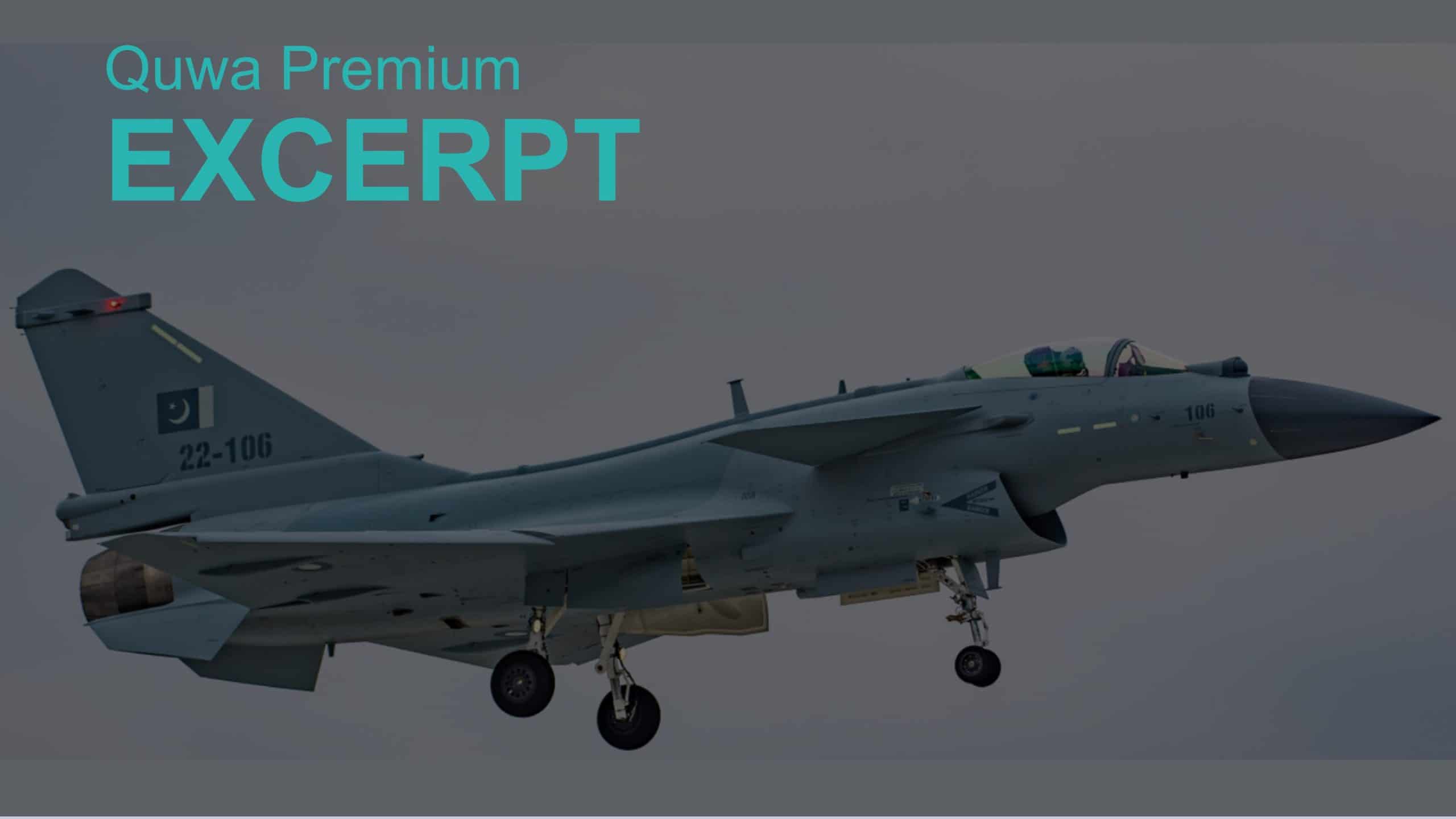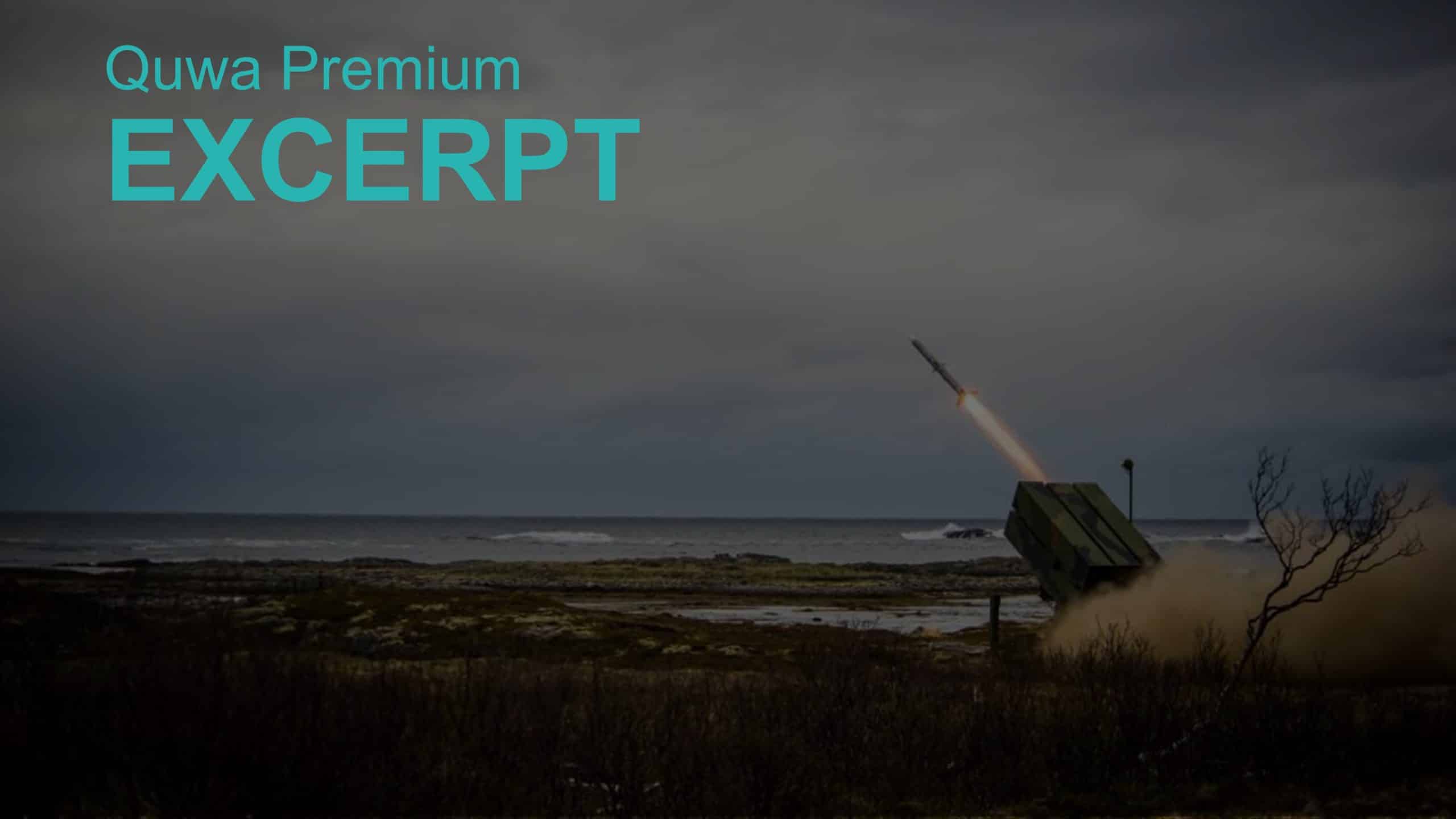2230Views

Pakistan’s Air Warfare Goals for the Decade are Taking Shape
In 2022, the Pakistan Air Force (PAF) started inducting two major weapon systems: the J-10CE Dragon multi-role fighter aircraft and the Bayraktar Akıncı high-altitude, long-endurance (HALE) unmanned aerial vehicle (UAV). The PAF has also hinted at potentially acquiring the HQ-9 long-range surface-to-air missile (SAM) system. Overall, these systems – along with the much-anticipated JF-17 Block-3 – form the core of the PAF’s air modernization efforts for the rest of this decade.
For the 2020s, the PAF is firmly focusing on fully transitioning its fighter fleet to the fourth-generation and fourth-generation-plus standards. In addition, it is inducting a HALE UAV capability, a significant addition considering that relatively few countries in the world that have access to such solutions.
A Multi-Role Fighter Fleet
Basically, the outcome of transition to a fleet of 4/4+ generation fleet is that the PAF will phase out most of its legacy generation fighters. In fact, the F-16 and JF-17 Block-1 and Block-2 have largely replaced the F-7P and Mirage III/5s in frontline roles, especially in the air-to-air domain.
However, once its transition is complete, the baseline fighters of the PAF fleet will consist of 4th-generation platforms, i.e., non-upgraded JF-17 Block-1/Block-2s and F-16A/B Block-15-based Mid-Life Update (MLU).
Granted, some platforms may soldier on in niche areas (e.g., the Dassault Mirage III/5s in the strike role), but its general fighter fleet, the PAF will transition to multi-role fighters across the chain, be it lightweight or medium-weight platforms. Not only that, but a substantial portion of these fighters will essentially be 4+/4.5-generation platforms equipped with active electronically scanned array (AESA) radars, integrated electronic countermeasures (ECM) suites, and advanced long-range air-to-air missiles (LRAAM).
When viewed in the context of having close to 20 fully-equipped squadrons of multirole fighters, this will be a significant evolution for the PAF. Several years ago, the PAF had remarked on becoming a true “next-generation” force, and fully retiring F-7P/PGs and Mirage III/5s from frontline roles is the first step.
The next step would likely involve bringing all multirole fighters to the same general standards – i.e., fourth or fourth-plus generation. From at least a supply standpoint, this will be easier to achieve through adding more J-10CEs and/or JF-17 Block-3s. In fact, as Quwa noted earlier, the PAF only inducts a net-new fighter platform when it intends to acquire at least 90 units of that type. Thus, Quwa expects that the PAF could induct a total of at least 90 J-10CEs by 2030. Funding would be the main constraint. However, the PAF can spread its procurement throughout the decade via small-batch purchases…
End of Excerpt (423/1,137 words)
You can read the complete article by logging in (click here) or subscribing to Quwa Premium (click here).
For More Pakistan Air Force News and Analysis, See:


